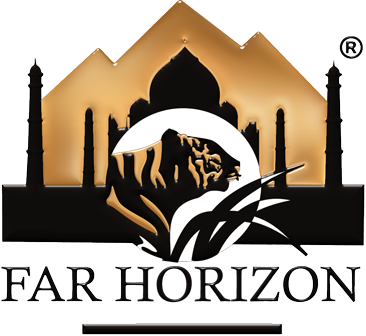“Some days Kandy’s skies seem perpetually bruised, with stubborn mist clinging to the hills surrounding the city’s beautiful centrepiece lake.”
It is nestling in a valley surrounded by verdant hills Kandy was the last capital stronghold of the Singhalese Kings. Rich in history and traditions the Temple of the Tooth attracts devotees and pilgrims worldwide and is the focal point during the magnificent Procession or Perahera during the month of August. Kandy’s attractions are its traditional arts and crafts, the folk dances as well as its busy and colourful streets shops and eateries.
History
Kandy was founded by Vikramabahu III who was the monarch of the kingdom of Gampola. During the late 15th century, Sena Sammatha Wickramabahu became the first king of the Kingdom of Kandy. During the Portuguese rule of Colombo, Dutch period and the British, many attempts were made to capture Kandy, which was the capital of the last independent kingdom, but failed. The Nayaks became the last independent rulers of Kandy. During the Second World War, Kandy became the base of the South East Asia Command of the allies.
Culture
Kandy’s culture is heavily influenced by Buddhism. Traditional festivals are held for religious reasons. Many festivals are celebrated in the city. The city is also famous for the Kandy Dance performed at the Kandy Arts and Cultural Centre. This dance performance showcases the different types of traditional dance of the country.
Climate
Kandy’s climatic system can be classified as a Tropical Rainforest climate. The best time to visit Kandy is during the months of July and August. Even though it’s the peak summer time, but being a hill station, the city experiences much cooler climate compared to the other regions of the country.
- July - August










